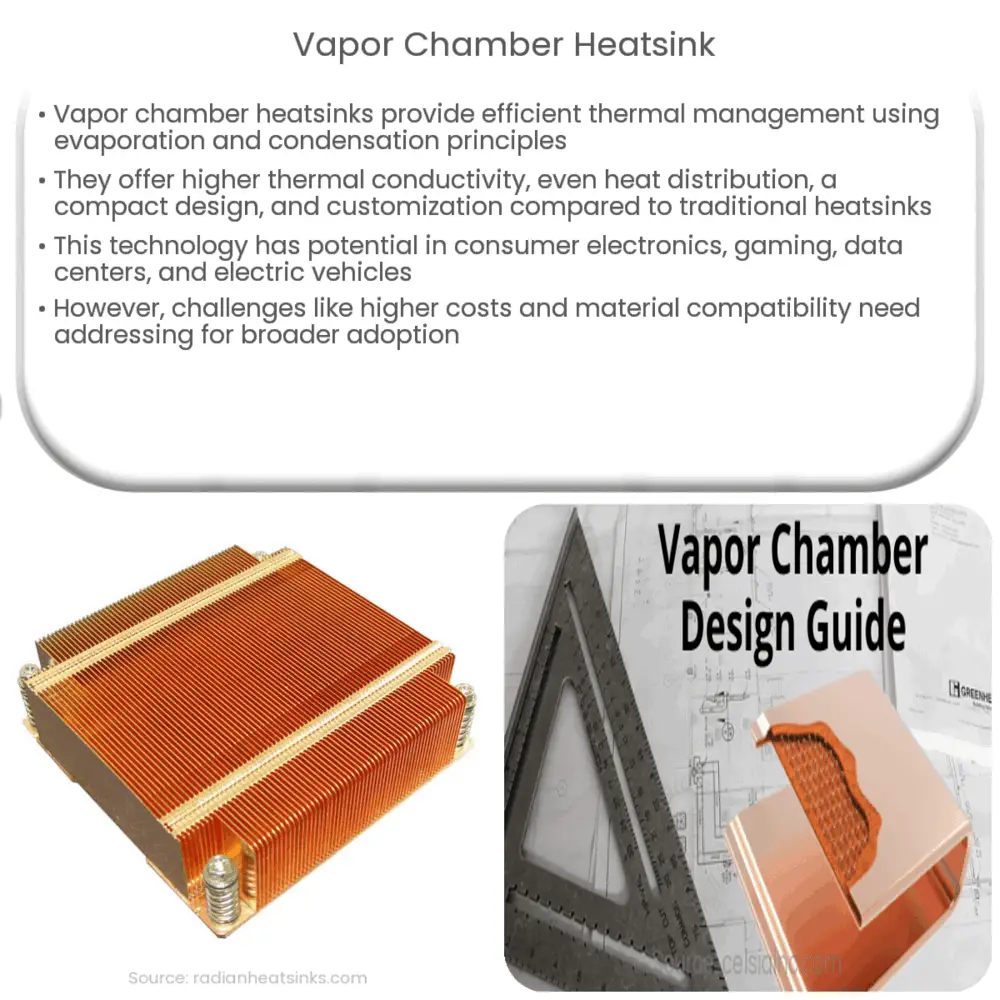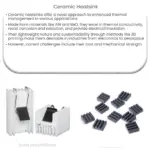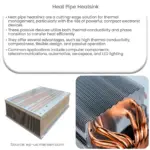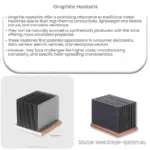A vapor chamber heatsink is an advanced cooling solution that uses evaporation and condensation to efficiently dissipate heat in electronic devices.

Vapor Chamber Heatsink: The Future of Thermal Management
Introduction
As computing power continues to increase, effective thermal management solutions become even more essential for maintaining the performance and longevity of electronic devices. Vapor chamber heatsinks have emerged as an innovative and efficient solution to address these needs. This article will explore the principles behind vapor chamber technology, its advantages over traditional heatsinks, and its potential applications in various industries.
Principles of Vapor Chamber Technology
A vapor chamber is a sealed, two-phase heat transfer device that relies on the principles of evaporation and condensation to efficiently dissipate heat. It consists of a hollow, flat chamber filled with a small amount of liquid coolant, such as water, that is sealed within a vacuum.
When heat is applied to the base of the vapor chamber, the liquid coolant within the chamber evaporates, absorbing the thermal energy. The vapor then travels to the cooler regions of the chamber, where it releases the absorbed heat and condenses back into a liquid. The liquid coolant is then returned to the heat source through capillary action provided by a wicking structure, such as copper mesh or sintered powder, lining the chamber walls. This continuous cycle allows for efficient heat transfer and distribution.
Advantages Over Traditional Heatsinks
Vapor chamber heatsinks provide a number of benefits compared to traditional heatsinks, such as those made from solid metal or utilizing heat pipes. These advantages include:
- Higher Thermal Conductivity: Vapor chambers have a significantly higher thermal conductivity than solid metal heatsinks, allowing them to transfer heat more efficiently. This makes them particularly well-suited for dealing with high heat fluxes and hotspots in electronic devices.
- Even Heat Distribution: The two-phase heat transfer mechanism within the vapor chamber ensures that heat is spread evenly across its surface, reducing the risk of hotspots and improving the performance of the attached cooling solution, such as a fan or a heatsink.
- Compact and Lightweight: Vapor chambers can be made thinner and lighter than traditional heatsinks while still providing the same or better cooling performance. This allows for more compact and lightweight device designs, especially important in the age of slim laptops and mobile devices.
- Customizable Design: Vapor chambers can be easily tailored to fit specific devices or applications, offering greater flexibility in product design. This allows manufacturers to optimize thermal management solutions for their unique needs.
Potential Applications and Industries
Vapor chamber heatsinks have the potential to revolutionize thermal management across a wide range of industries and applications. Some key areas where this technology could be particularly beneficial include:
- Consumer Electronics: As smartphones, tablets, and laptops become increasingly powerful and compact, effective cooling solutions are crucial for maintaining performance and preventing overheating. Vapor chamber heatsinks can help to achieve this while keeping devices slim and lightweight.
- Gaming and High-Performance Computing: High-performance processors and GPUs generate significant amounts of heat, which can negatively impact performance if not managed effectively. Vapor chamber heatsinks can efficiently dissipate this heat, ensuring stable performance even under demanding workloads.
- Data Centers: With the exponential growth of data and cloud computing, managing heat in data centers has become a critical concern. Vapor chamber heatsinks can provide an efficient and scalable solution for cooling server racks and minimizing energy consumption.
- Automotive and Electric Vehicles: As electric vehicles (EVs) become more prevalent, managing the heat generated by their batteries and power electronics is essential for ensuring safety and longevity. Vapor chamber heatsinks can be employed in these applications to maintain optimal operating temperatures and improve overall efficiency.
Challenges and Future Developments
Despite the many advantages of vapor chamber heatsinks, there are also challenges to be overcome for widespread adoption. Some of these challenges include:
- Cost: Vapor chamber heatsinks are generally more expensive to produce than traditional heatsinks due to their complex design and manufacturing processes. As the technology matures and scales, it is expected that the costs will decrease, making them more accessible for a wider range of applications.
- Material Compatibility: Ensuring compatibility between the coolant, wicking material, and the chamber walls is crucial for maintaining performance and durability. Research is ongoing to develop new materials and combinations that can further enhance the efficiency and reliability of vapor chamber heatsinks.
In conclusion, vapor chamber heatsinks offer a promising solution for addressing the ever-growing thermal management demands in various industries. As research and development continue, it is expected that this technology will become more accessible and widely adopted, ultimately improving the performance, efficiency, and longevity of electronic devices and systems.




